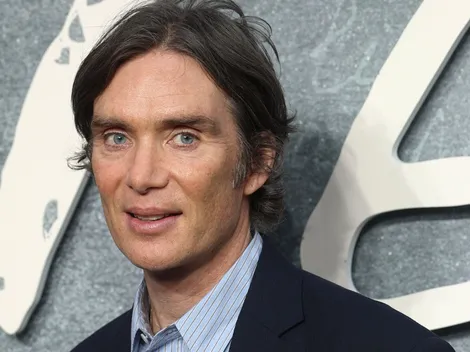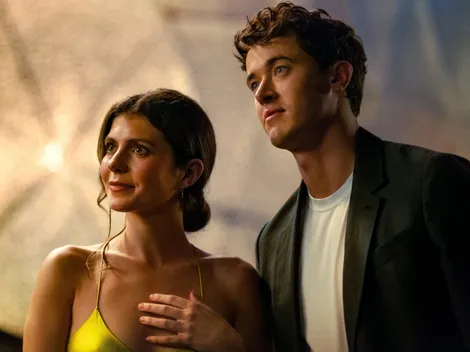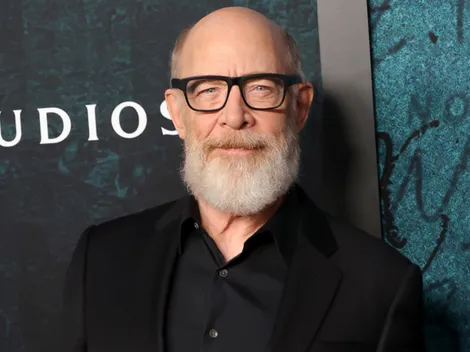Between writing and finishing novels, Stephen King often takes to X to share his recommendations and thoughts on both new and classic films. Yesterday, he revealed his ten favorite movies — excluding adaptations of his own work. Here’s the full list.
Sorcerer (1977)

Source: IMDb
“Sorcerer” is a tense action-drama thriller about four outcasts tasked with transporting unstable nitroglycerin through a Central American jungle. Originally a modest side project for William Friedkin, the production grew into an ambitious, multi-location shoot with a massive budget, reflecting the director’s vision for a personal magnum opus. Although it was a box office failure upon release, the picture has since been reevaluated as an overlooked masterpiece of ’70s cinema.
The Godfather Part II (1974)

Source: IMDb
“The Godfather Part II” continues the saga of the Corleone family, weaving together Michael’s struggles to protect the family business with Vito’s rise from a Sicilian immigrant to a powerful New York don. The film balances a sprawling ensemble cast with intricate storytelling, exploring themes of power, loyalty, and consequence. Widely regarded as one of the greatest movies of all time, it became the first sequel to win Best Picture and earned multiple Oscars for direction, acting, and screenplay.
The Getaway (1972)

Source: IMDb
“The Getaway” follows master thief Doc McCoy and his wife, who must flee to Mexico after a bank heist goes horribly wrong. Tension and danger drive every scene as police and criminals close in, creating a relentless, high-stakes thriller. Steve McQueen and Ali MacGraw deliver memorable performances under Sam Peckinpah’s precise direction, blending action with character-driven drama. Despite mixed initial reviews, the film became a box-office hit and remains a defining entry in ’70s crime cinema.
Groundhog Day (1993)

Source: IMDb
A cynical weatherman becomes trapped reliving the same day over and over in “Groundhog Day.” Bill Murray delivers a performance that balances humor with unexpected emotional depth, capturing both frustration and growth. The film’s inventive concept and heartfelt moments made it a box-office hit and a cultural phenomenon. Decades later, it remains a classic, influencing countless time-loop stories and inspiring reflections on life and personal change.
Casablanca (1942)

Source; IMDb
Set during World War II, “Casablanca” tells the story of an American expatriate forced to choose between his love for a woman and helping her husband escape Nazi-controlled territory. Humphrey Bogart and Ingrid Bergman deliver unforgettable performances, supported by a strong ensemble cast that adds depth to every scene. Though modest expectations greeted its release, the film exceeded them, winning multiple Oscars and becoming an enduring classic.
Jaws (1975)

Source: IMDb
A great white shark terrorizes a New England beach town in “Jaws,” forcing police, a marine biologist, and a shark hunter to confront the deadly predator. Spielberg’s decision to suggest the shark’s presence rather than show it constantly, paired with John Williams’ iconic score, creates relentless suspense. The film became the first modern summer blockbuster, breaking box-office records and changing Hollywood’s approach to wide-release marketing.
Mean Streets (1973)

Source: IMDb
Life in New York’s Little Italy drives the tension in “Mean Streets,” where young Charlie Cappa struggles with loyalty, faith, and the chaos caused by his reckless friend Johnny Boy. The film explores the moral conflicts of living in a world tied to the Mafia, religion, and personal responsibility. De Niro’s unforgettable performance as Johnny Boy adds raw energy and unpredictability to the story. Its gritty realism and intimate portrayal of urban life cemented Scorsese’s reputation as a major filmmaker and remain influential today.
Close Encounters of the Third Kind (1977)

Source: IMDb
“Close Encounters of the Third Kind” follows Roy Neary, a blue-collar worker whose life is transformed after a mysterious UFO encounter, alongside a mother searching for her abducted son. Spielberg’s visionary direction and groundbreaking visual effects bring a sense of awe and wonder to every scene. The film was both a critical and commercial success, praised for its storytelling, atmosphere, and imaginative depiction of extraterrestrial contact.
Double Indemnity (1944)

Source: IMDb
“Double Indemnity” tells the story of an insurance salesman who becomes entangled in a deadly plot with a woman to murder her husband for financial gain. Its sharp dialogue, dark moral undertones, and tense atmosphere helped define the film noir genre. Fred MacMurray and Barbara Stanwyck deliver unforgettable performances that heighten the story’s suspense and intrigue.
Treasure of the Sierra Madre (1948)

Source: IMDb
Two down-on-their-luck Americans join an experienced prospector in search of gold in the mountains of Mexico in “The Treasure of the Sierra Madre.” Filmed extensively on location, the movie captures both the beauty and harshness of the rugged landscape. Its exploration of greed, trust, and human nature, combined with strong performances from Humphrey and Walter Huston, earned critical acclaim and multiple Oscars.





